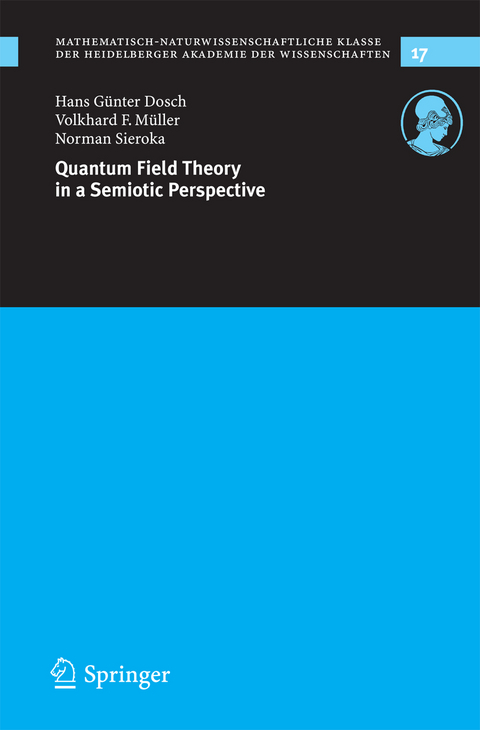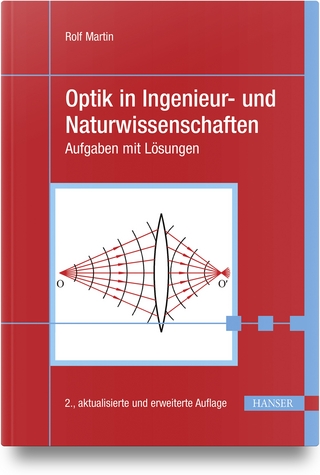
Quantum Field Theory in a Semiotic Perspective
Seiten
2005
Springer Berlin (Verlag)
978-3-540-28211-2 (ISBN)
Springer Berlin (Verlag)
978-3-540-28211-2 (ISBN)
In this essay we discuss epistemological implications of relativistic quantum field theory. The empirical domain of such a theory is formed by phenomena ascribed to subnuclear particles, sometimes still called elementary particles. This latter more traditional design at ionrejects the lasting desire of physicists to eventually second and isolate irreducible constituents of matter. Going down to the atomic level, electrons appear to play such a role, whereas the nuclei of atoms can be considered as compound systems of protons and neutrons, i. e. of two species of particles. This view makes sense, since the respective number of these two types of constituents essentially identifies an atomic nucleus. Extracted from a nucleus, however, the free neutron is an unstable particle: it decays spontaneously into a proton, an electron and an anti-neutrino. In the past fifty years or so basically the bombardment of matter by protons or by electrons in specially devised experiments has revealed a large variety of further subnuclear objects. Successive generations of accelerators and refined collision devices provided higher and higher collision energies. All theses- nuclear objects are termed particles in the physics community, nearly all of these objects are unstable and decay spontaneously into other ones. The respective lifetimes of the distinct types, however, differ widely, ranging from 3 - 25 relatively long(10 sec) to extremely short(10 sec). Because of this huge disparity in lifetime the notion of a particle deserves particular attention, a point laid stress on in our consideration. The study of the physical behaviour of these subnuclear particles led to distinguish three types of interactions: the strong, the electromagnetic and the weak interaction. As the names suggest these interactions differ in their respective strength.
Relativistic Quantum Field Theories Viewed as Physical Theories.- Particles and Fields.- Theories of Signs and Symbols, and Structural Realism.- A Theory of Symbols for Quantum Field Theory.- Summary.
| Erscheint lt. Verlag | 16.9.2005 |
|---|---|
| Reihe/Serie | Schriften der Mathematisch-naturwissenschaftlichen Klasse |
| Zusatzinfo | V, 62 p. |
| Verlagsort | Berlin |
| Sprache | englisch |
| Maße | 155 x 235 mm |
| Gewicht | 121 g |
| Themenwelt | Naturwissenschaften ► Physik / Astronomie ► Optik |
| Naturwissenschaften ► Physik / Astronomie ► Quantenphysik | |
| Naturwissenschaften ► Physik / Astronomie ► Theoretische Physik | |
| Schlagworte | Electromagnetic field • Fields • Field Theory • Mechanics • Philosophy • philosophy of science • Quantenfeldtheorie • quantum field • quantum field theory |
| ISBN-10 | 3-540-28211-4 / 3540282114 |
| ISBN-13 | 978-3-540-28211-2 / 9783540282112 |
| Zustand | Neuware |
| Informationen gemäß Produktsicherheitsverordnung (GPSR) | |
| Haben Sie eine Frage zum Produkt? |
Mehr entdecken
aus dem Bereich
aus dem Bereich
Grundlagen - Verfahren - Anwendungen - Beispiele
Buch | Hardcover (2022)
Hanser, Carl (Verlag)
CHF 69,95
Aufgaben mit Lösungen
Buch | Hardcover (2023)
Hanser, Carl (Verlag)
CHF 41,95


